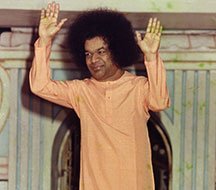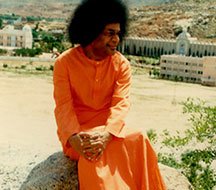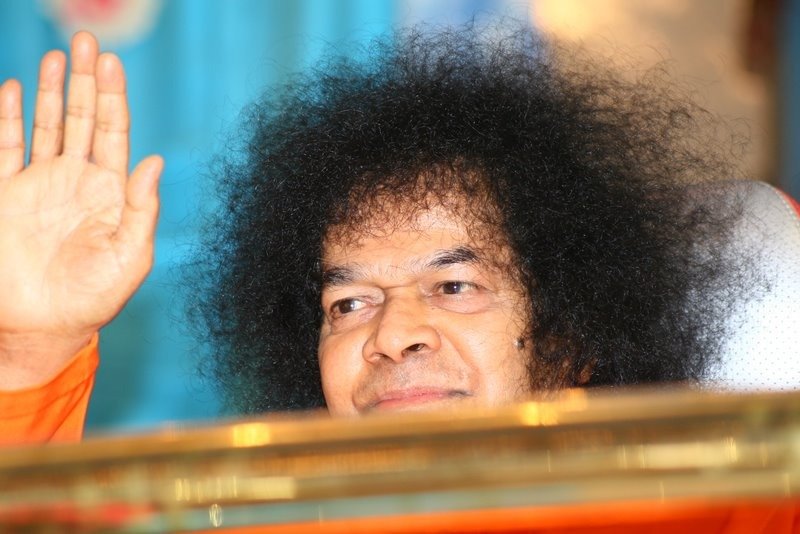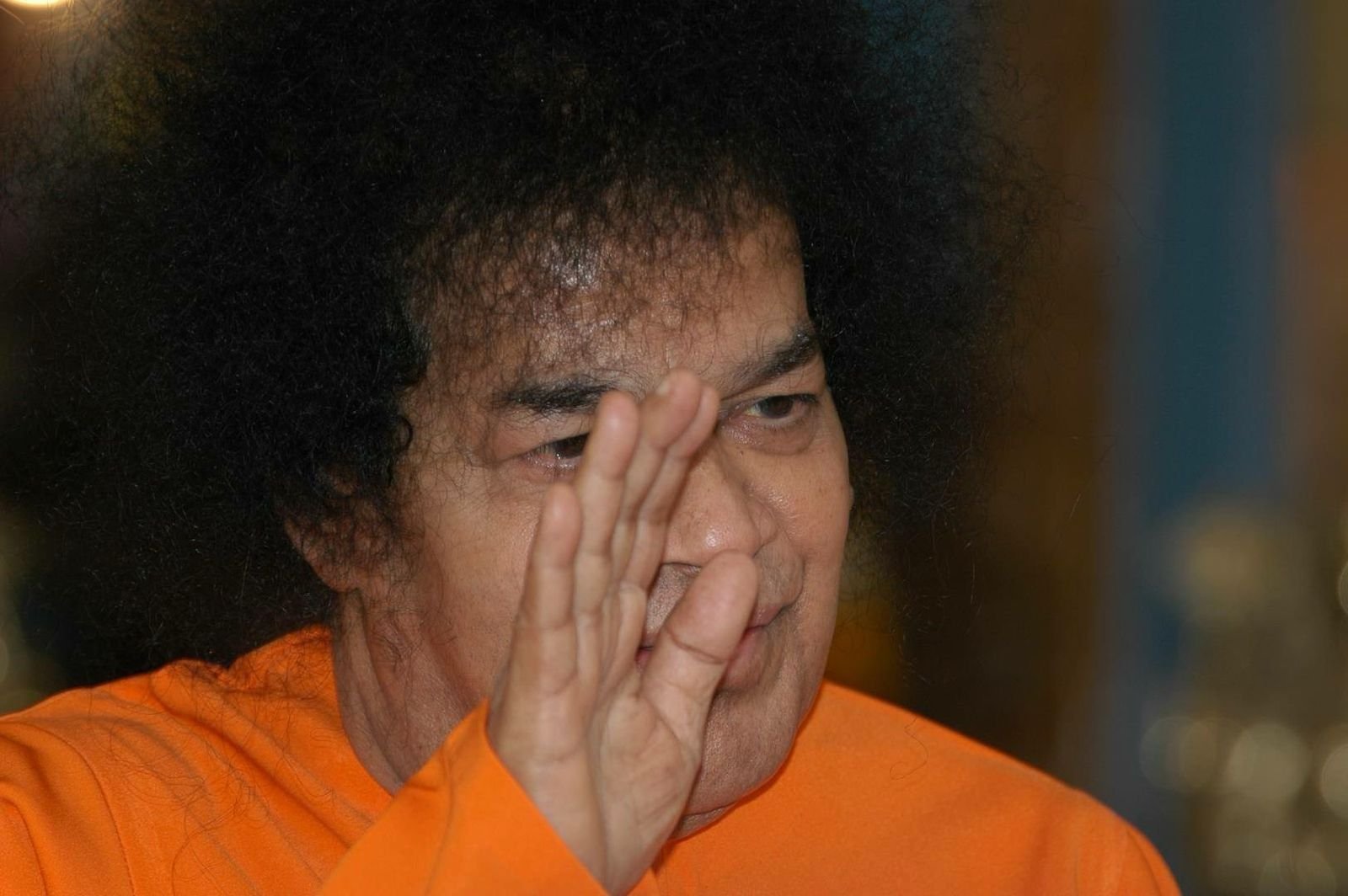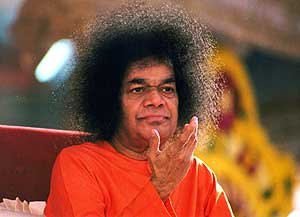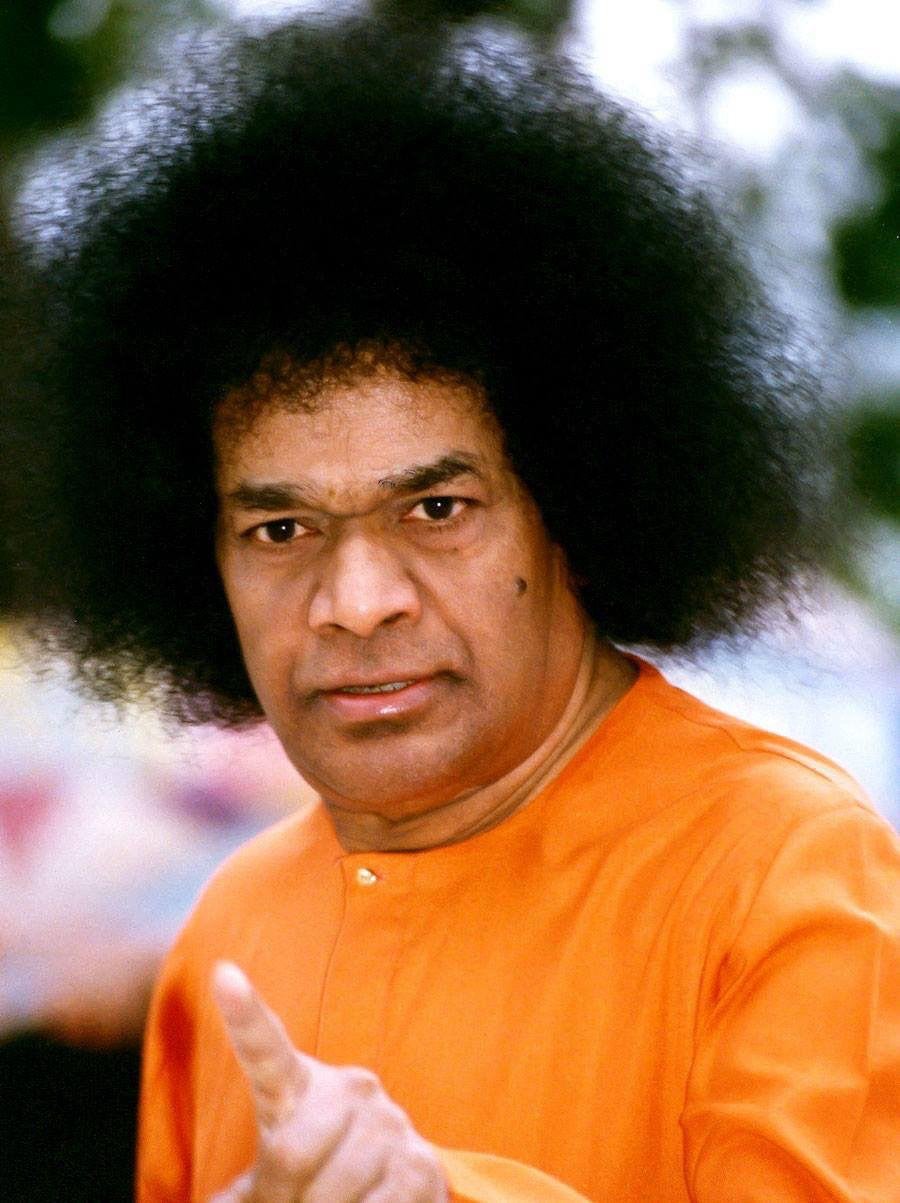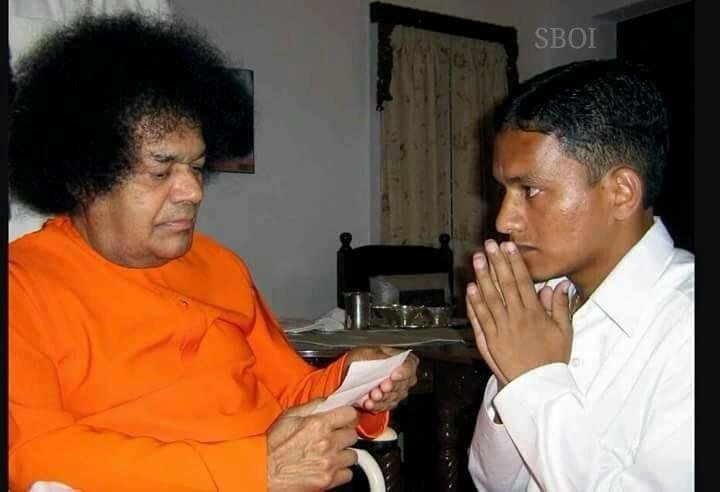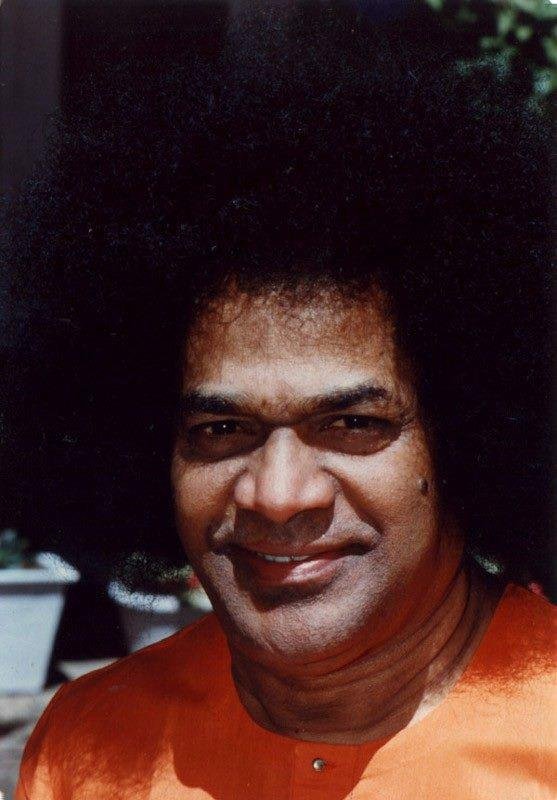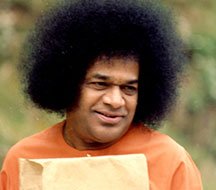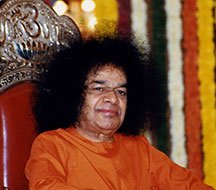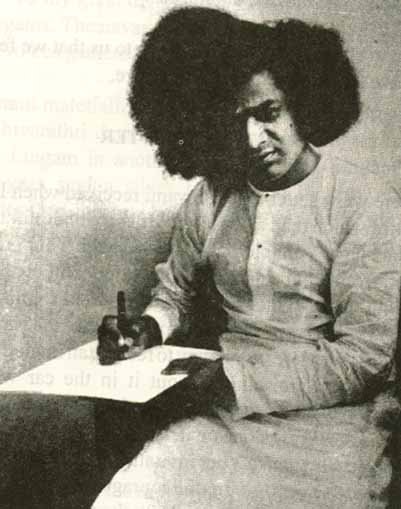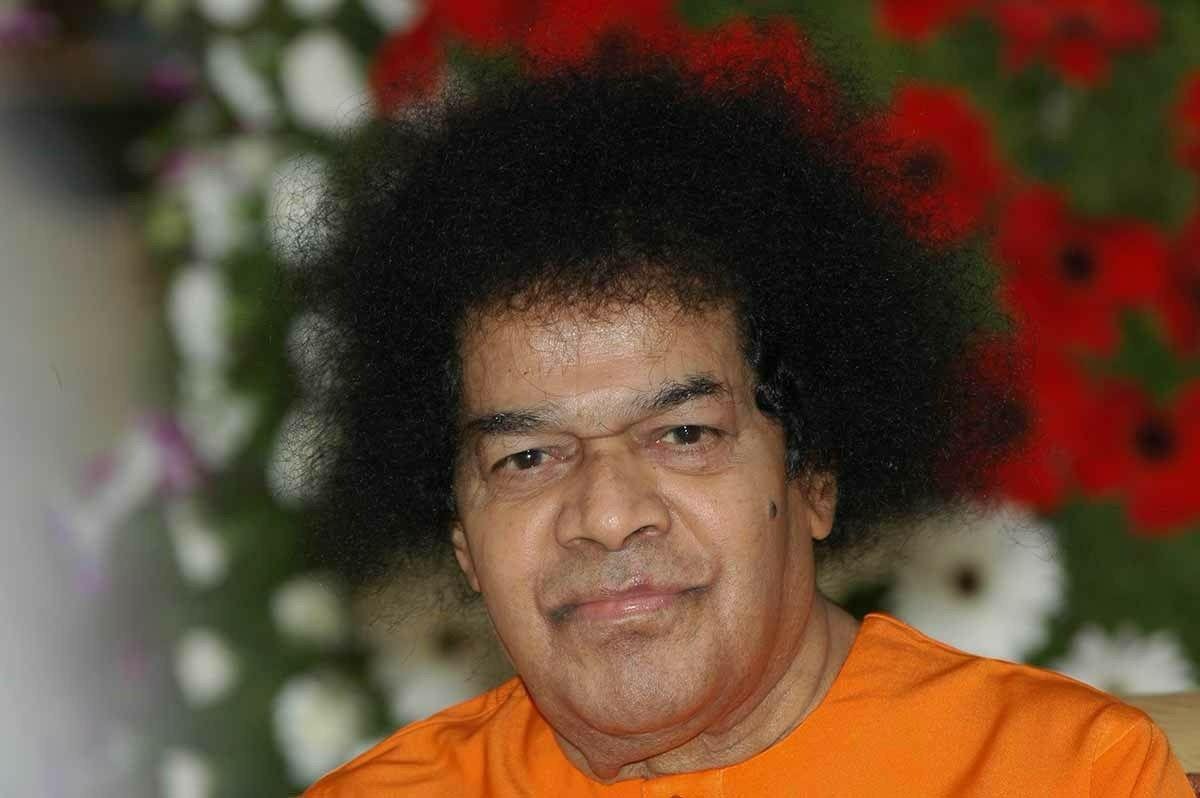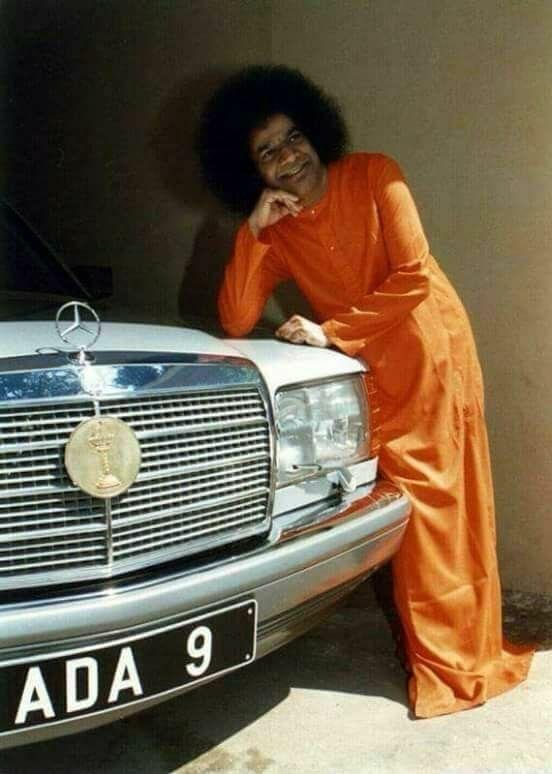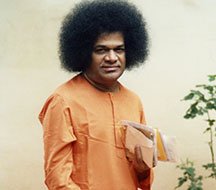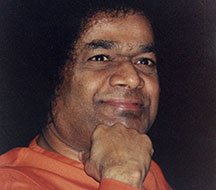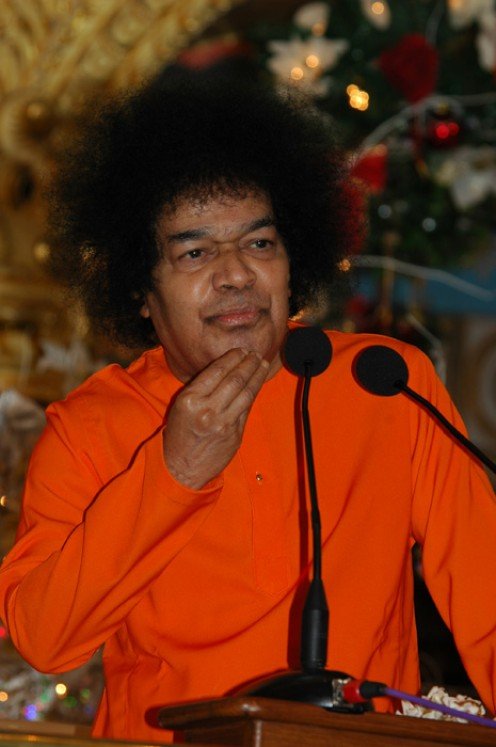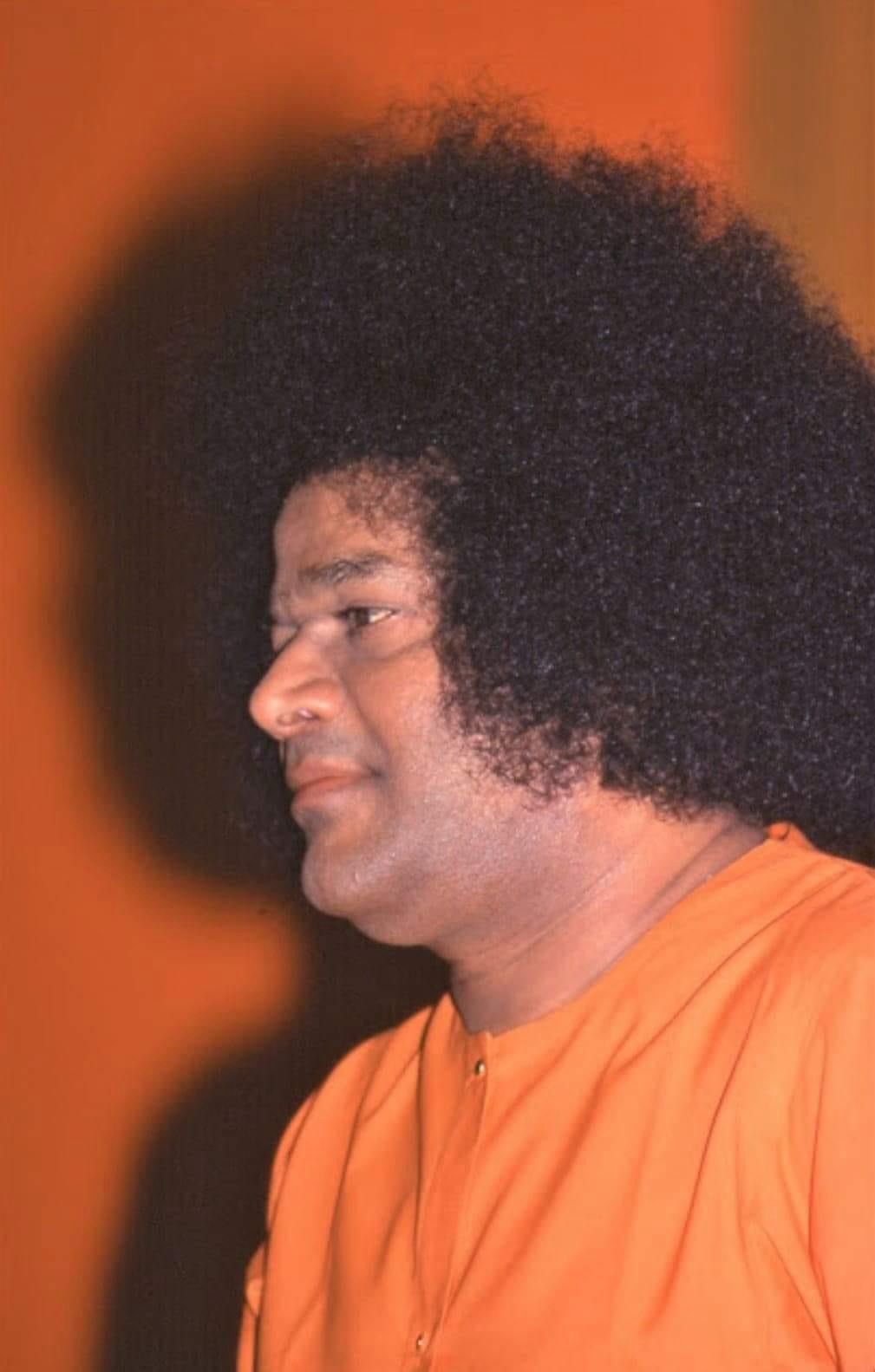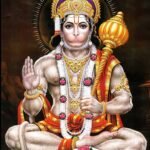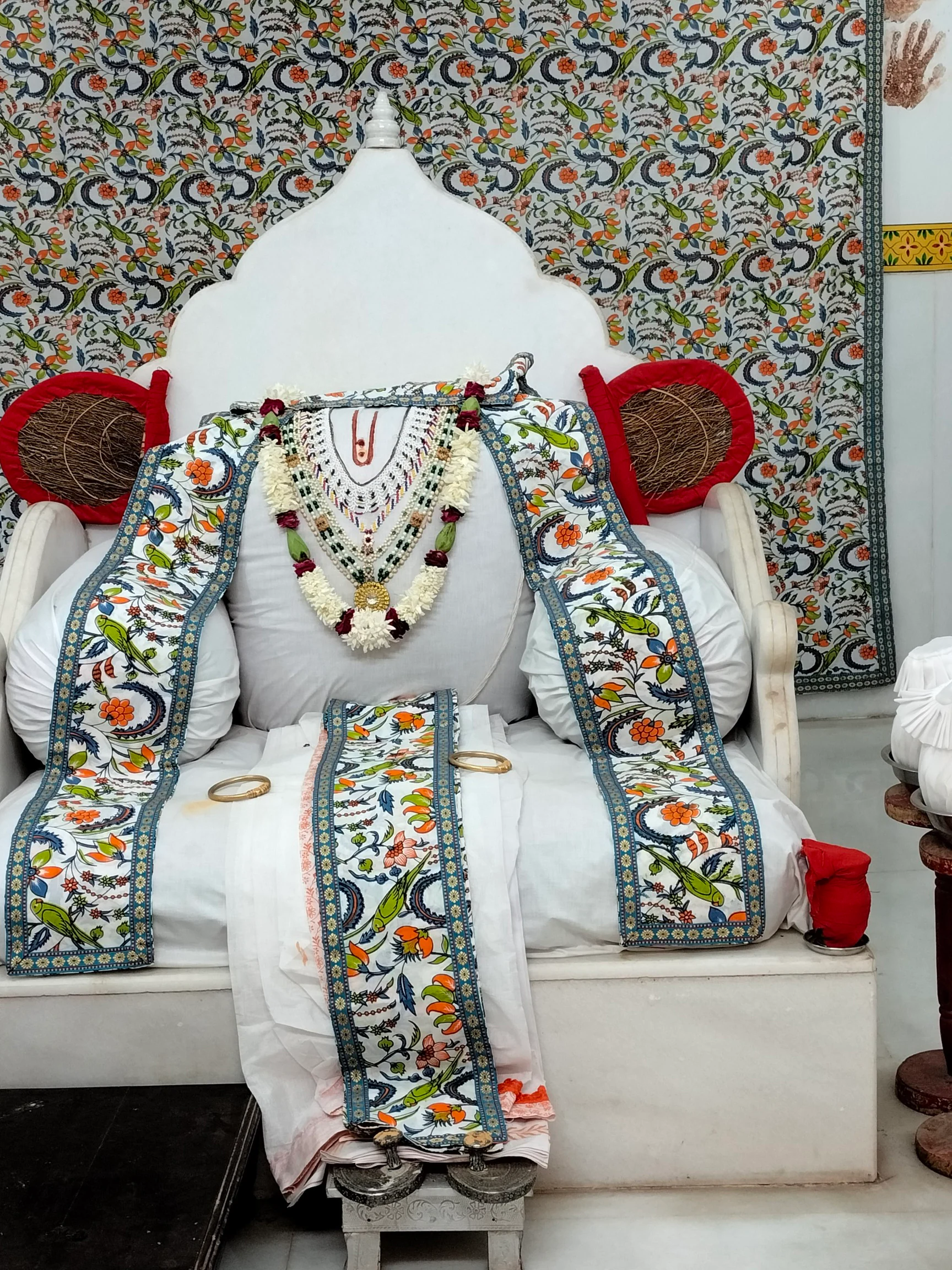
These sites, scattered across India, mark his divine journey and teachings.

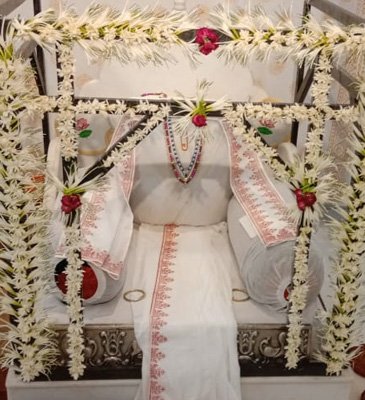

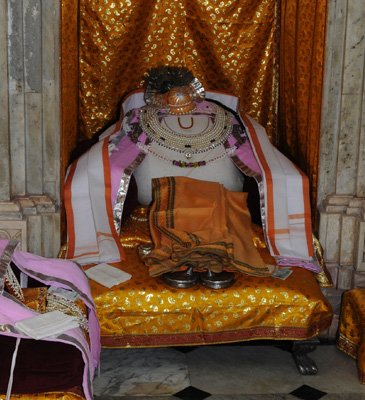


Architecture of the Temple
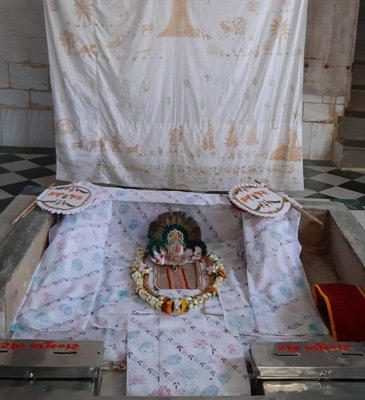
Non-architectural Shrines: Baithakjis are often simple, open-air or modest structures built to respect the original environment where Mahaprabhuji sat—by a riverbank, inside groves, or near temples.
Some modern-day Baithaks have marble floors for upkeep and reverence.
A preserved gadi (seat/throne) marking the exact spot of Mahaprabhuji.
Humble flooring materials—earthen or cow-dung—reflecting devotion over grandeur.
How to Reach to Temple
Since there are 84 Baithakjis across India, the specifics depend on the location you intend to feature. Here are a few notable ones:
- Gokul (Mathura, UP):
- Govindghat, Badi Bhitar, Shayya Mandir at Dwarkadhish Temple.
- Mathura–Vrindavan region:
- Baithakjis at Vishram Ghat, Bansivat (Vrindavan), Madhuvan (Maholi), Radha-Krishnakund.
- Other Pan-India locations:
- Chandigarh to Rameswaram in the south; Badri-Nath and Kurukshetra in the north; Varanasi, Champaran (Bihar), Ujjain, Pushkar, and more.
For your post, you may pick one specific Baithak and describe its local approach—by rail, road, or nearest airport.
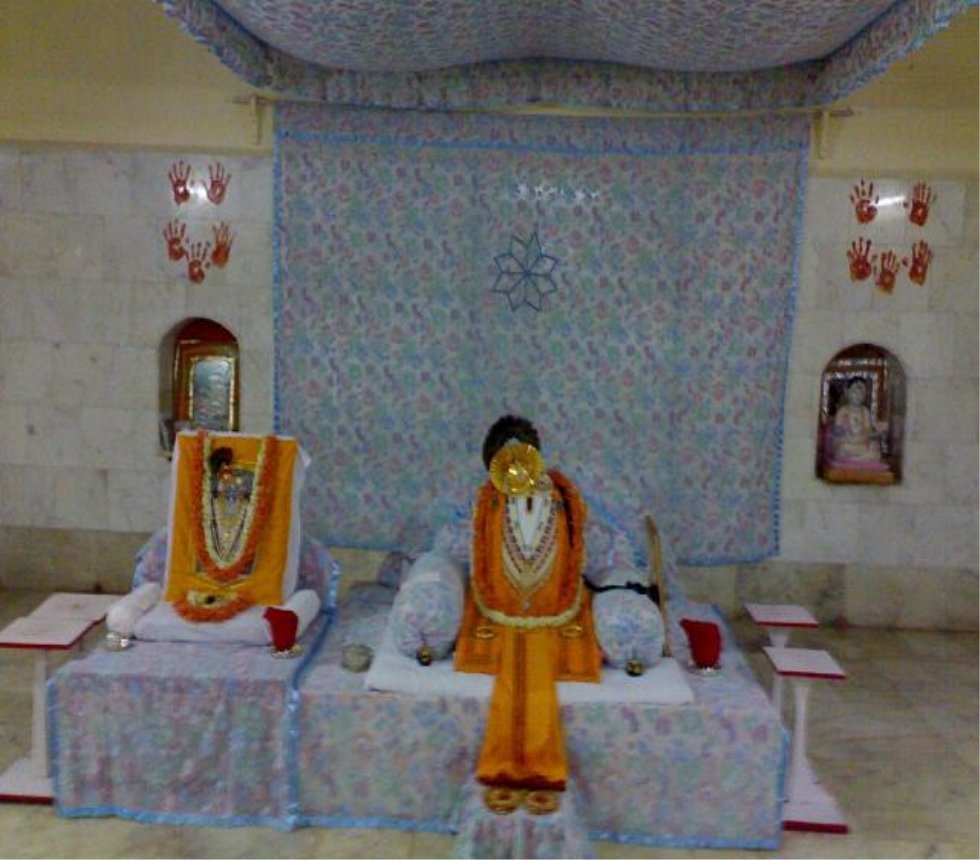
Temple Timings


